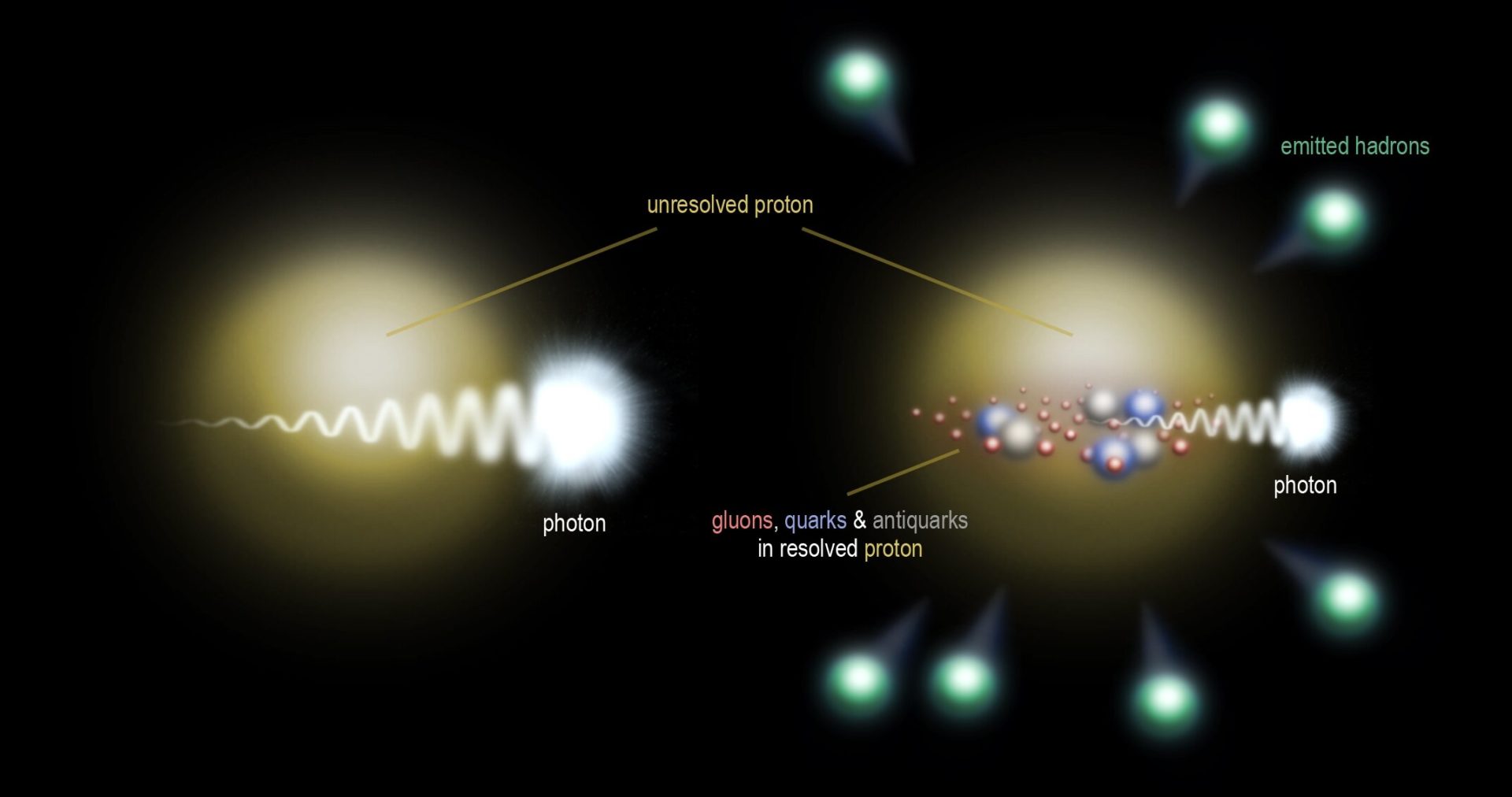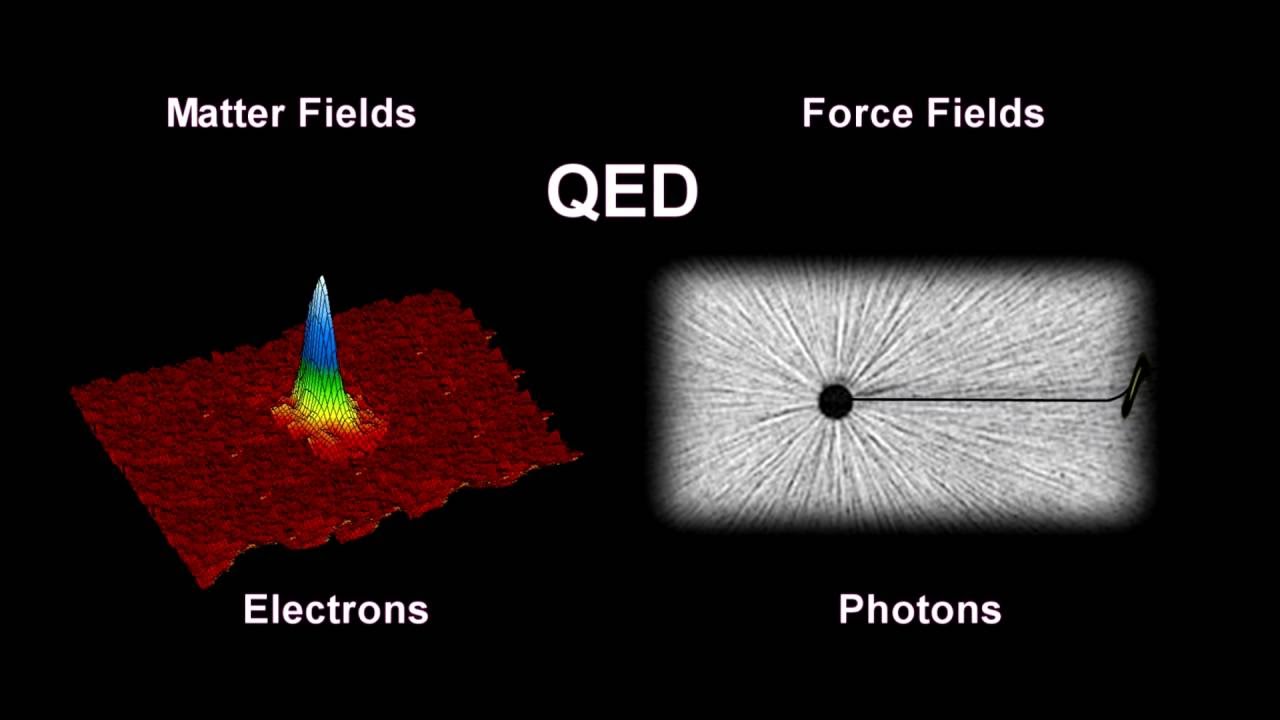Fragments of the interior of a proton have been shown by scientists from Mexico and Poland to exhibit maximum quantum entanglement. The discovery, already confronted with experimental data, allows us to suppose that in some respects the physics of the inside of a proton may have much in common not only with well-known thermodynamic phenomena, but even with the physics of… black holes.
Various fragments of the inside of a proton must be maximally entangled with each other, otherwise theoretical predictions would not agree with the data collected in experiments.
The theoretical model makes it possible to suppose that, contrary to current belief, the physics operating inside protons may be related to such concepts as entropy or temperature, which in turn may relate it to such exotic objects as black holes.
The Mexican-Polish theorists analyzed the situation in which electrons are fired at protons. When an incoming electron carrying a negative electric charge approaches a positively charged proton, it interacts with it electromagnetically and deflects its path. Electromagnetic interaction means that a photon has been exchanged between the electron and the proton. The stronger the interaction, the greater the change in momentum of the photon and therefore the shorter the associated electromagnetic wave.
The new theoretical predictions have already been verified. If entanglement inside the proton were not maximal, there would be discrepancies between theoretical calculations and the results of the H1 experiment at the HERA accelerator at the DESY center in Hamburg, where positrons were collided with protons until 2007. Such discrepancies were not observed. (Phys.org)
The paper has been published in European Physical Journal C.


